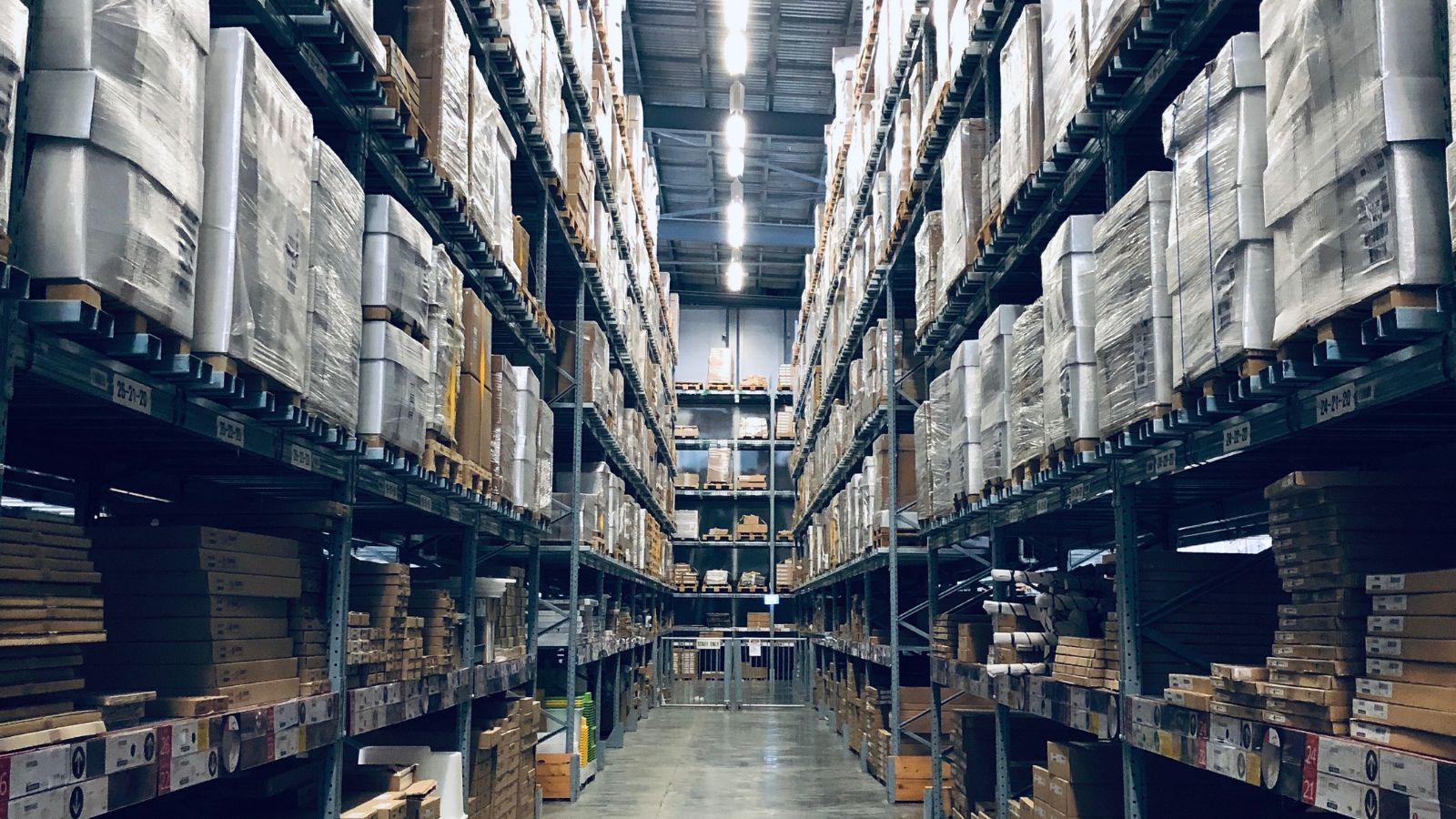Successful inventory management amid rising costs and supply chain disruptions
In our most recent industry analysis report, we combined real-time data from Katana customers who manage inventory with expert consumer and market research to see the impact of inflation and other external factors on their businesses, and what this means for inventory management as they continue to navigate economic volatility.

James Humphreys

Since 2018, businesses around the world have experienced massive disruptions to supply chains across a range of industries, creating instability, uncertainty, and confusion. Between global shutdowns caused by events like the Covid-19 pandemic, the ongoing conflict stemming from the Russia-Ukraine War, and the backlog of cargo ships awaiting passage through the Panama Canal due to drought, small to medium-sized businesses (SMBs) have experienced disruptions throughout their operations — from a reduction in workforce to stockouts to shipping delays.
Despite the ongoing economic volatility, businesses handling inventory must keep items moving through their shops to survive, and it’s important that they not only anticipate challenges that may arise but also have contingency plans in place for when a disruption occurs to mitigate the risks of impact to their bottom line. Looking at trends that shape the global supply chain can be a fortune-telling crystal ball for many SMBs — no matter if their industry is apparel, furniture, technology, perishable goods, or something else entirely.
State of Inventory Management — Access the full report
Download the full report based on data from real businesses using Katana to explore key trends and actionable insights that will help you navigate an uncertain 2024.
Trending now: e-commerce, interest rates, and cooling the economy
Data shows that e-commerce sales are on the rise, with a 46% increase in revenue from sales orders generated from e-commerce platforms between 2021 and 2022. More recently, the value of e-commerce sales orders increased by 25% in 2023, when compared to the previous year. It’s clear that consumers are excited about the benefits of convenience, 24/7 accessibility, personalization, cost savings, and easy payment options that come with buying online, but businesses can benefit too. One of the biggest advantages for e-commerce businesses is that they can more easily collect and analyze customer data to better understand their preferences, behaviors, and trends, offering a data-led path forward through market changes and supply chain disruptions.
Experts anticipate a global economic growth slowdown with central banks tightening monetary policy and employing high-interest rates to combat inflation. The results are slowed production capabilities backing up supply chains, increased borrowing costs, and reduced consumer spending that make it extremely difficult for SMBs to maintain sufficient inventory levels and meet demand. The good news is that the cyclical nature of the economy means a rebound often follows a bottoming out, but SMBs must have the tools and practices in place to make it through to the other side.
On the rise: geopolitical tensions and global average temperatures
Supply chain issues also stem from rising geopolitical tensions from tariffs and sanctions to full-blown conflicts, like the Russia-Ukraine War or the potential emerging conflict between China and Taiwan. Major exports from countries in conflict are often stifled and have resounding effects across the global supply chain. Another trend SMBs must consider is the escalating frequency of climate-induced extreme weather events that impact shipping. Climate concerns are expected to grow, with experts predicting that 2024 may be the year when humanity surpasses the critical climate threshold for global average temperatures.
Download the State of Inventory Management report for free
See why Katana customers and businesses worldwide are focusing on implementing e-commerce and omnichannel sales strategies into their business.
Combating risks that come with supply chain volatility
While there are challenges across the board for SMBs, being aware of global trends and connecting the dots between them and your business can help you understand the ways in which you should prepare to mitigate risks that come with economic volatility. Use this checklist to safeguard your business against supply chain disruptions:
1. Diversify your sales channels and focus on leveraging e-commerce
An omnichannel sales strategy with an emphasis on e-commerce has numerous advantages. From expanding your customer reach to increasing sales and revenue streams, using integrated technology can help you align sales and inventory to support growth and scalability.
2. Diversify your suppliers and source new ones to avoid stockouts
Focus on building a supplier network to bolster supply chain resilience and shield against disruptions. A diverse network will allow you to keep a consistent flow of materials or products and meet customer expectations for reliability.
3. Trade with suppliers based in different countries
Choosing suppliers who operate out of different locations reduces the impact of an isolated disaster or disruption.
4. Taking advantage of government initiatives
Staying current on the political landscape will help you anticipate policy changes that could affect your business — for better or for worse.
Looking for more ways to ensure success?
Schedule a consultation with a team member who can help you set up your inventory management tech stack to help you prepare for market volatility and supply chain disruptions.

James Humphreys
Table of contents
Get inventory trends, news, and tips every month
Get visibility over your sales and stock
Wave goodbye to uncertainty with Katana Cloud Inventory — AI-powered for total inventory control